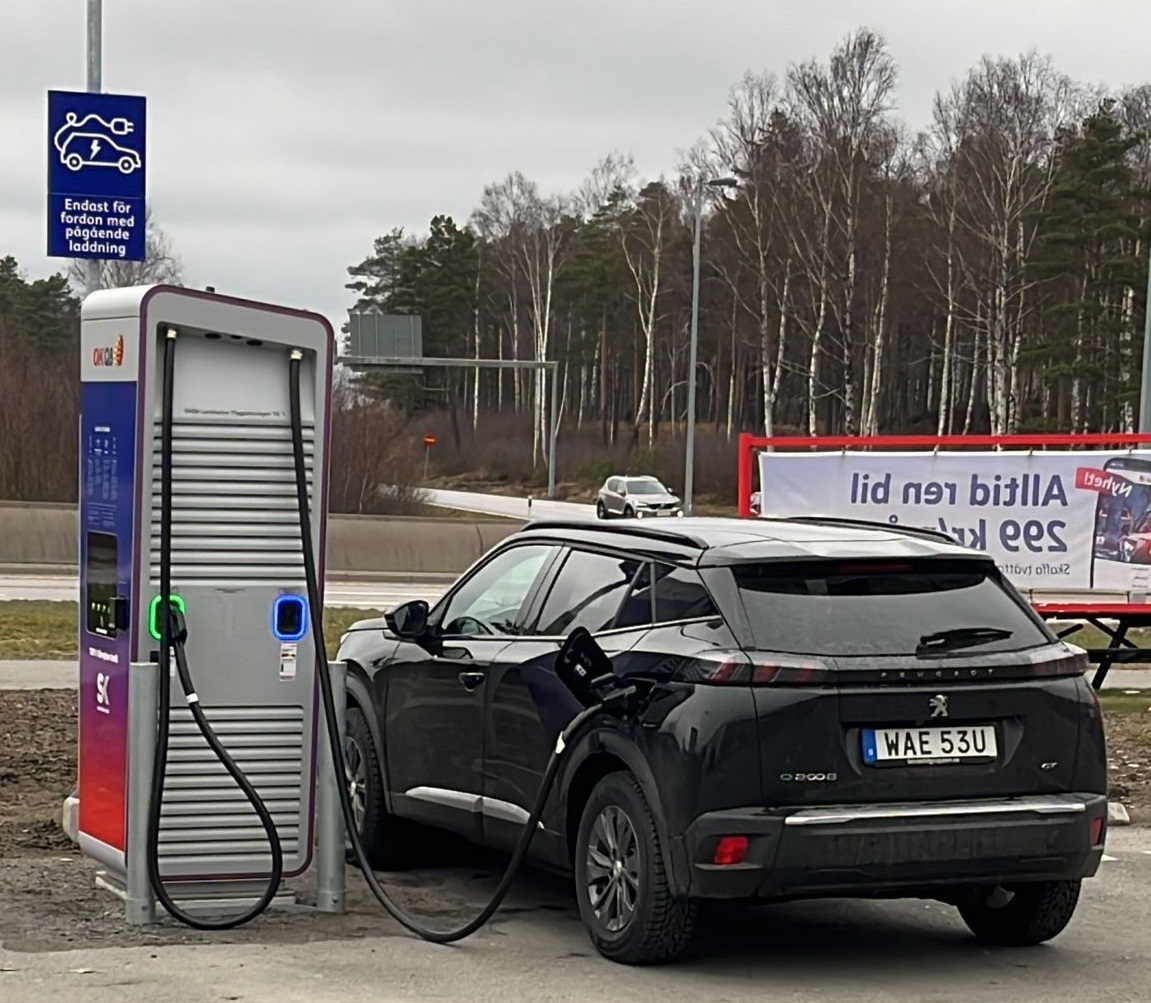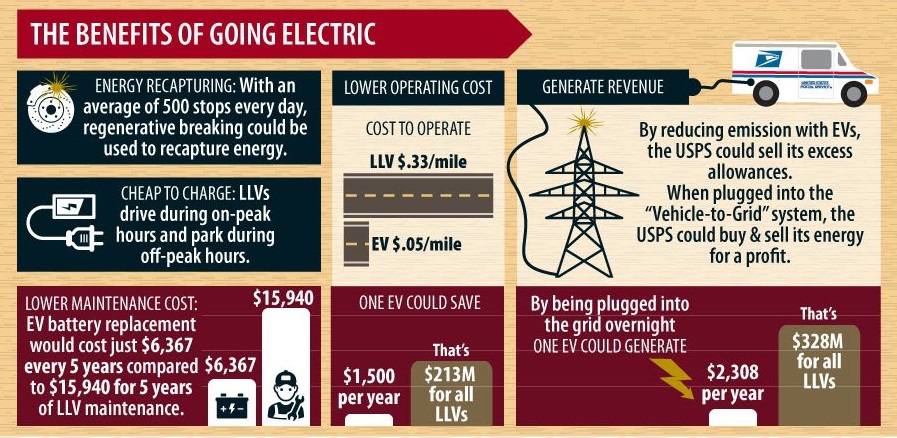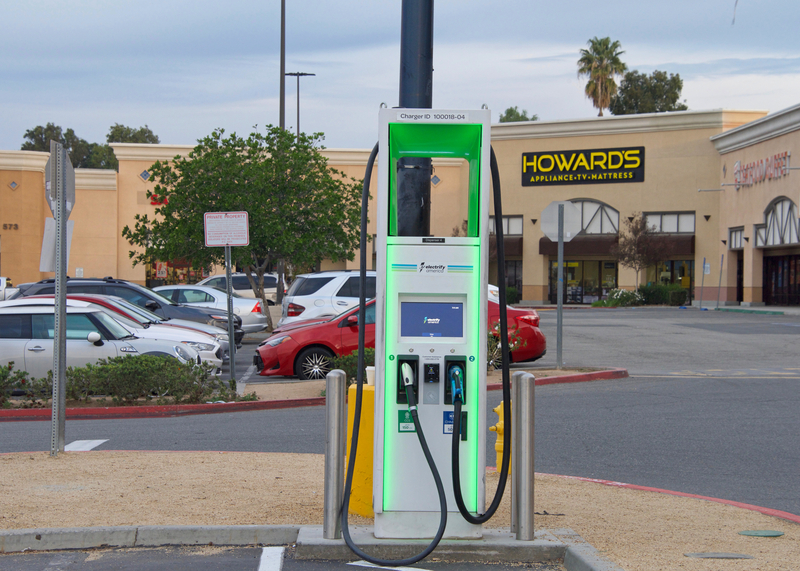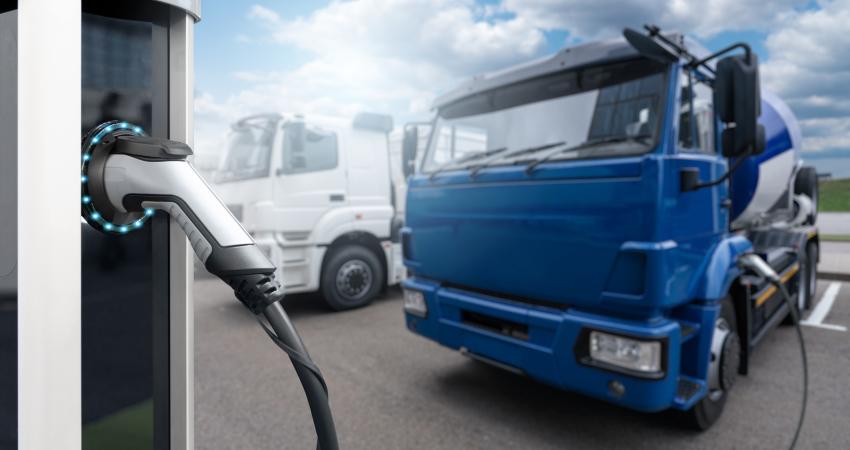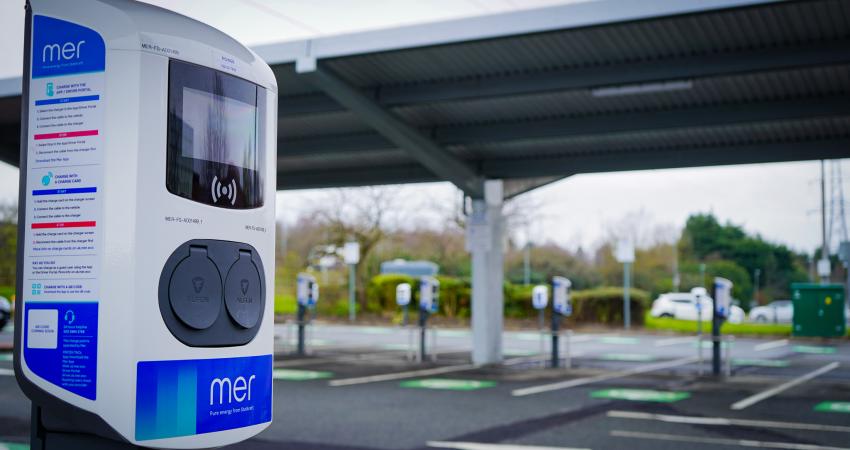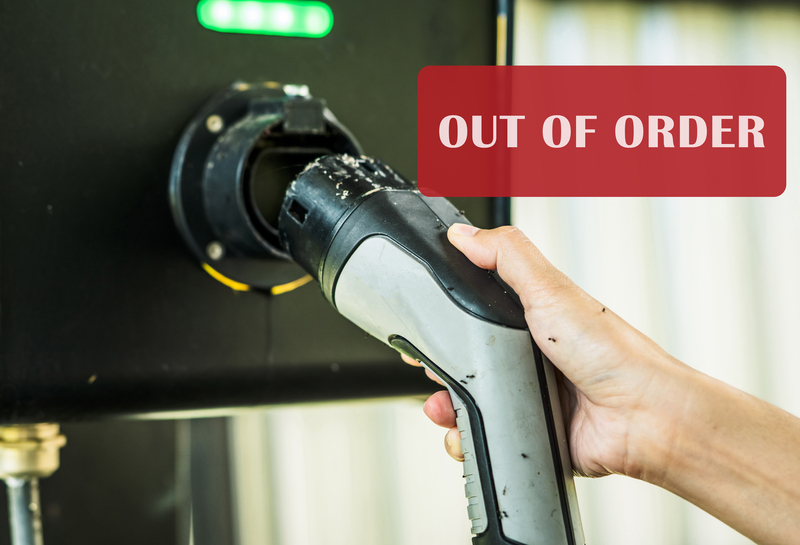
EV charging infrastructure experts say achieving the target is possible – but a great deal of work must be done.
“There’s a lot that has to happen,” said Tim Johnson, professor of Energy and the Environment at the Nicholas School of the Environment at Duke University. “This is an enormous undertaking.”
So what, specifically “has to happen”? Experts point to the following.
An improved infrastructure
The first generation of chargers was a “rushed build-out, with a lot of companies going into the business without a long-term maintenance plan,” Johnson said.
“They lacked revenue and didn’t have the sales to recover the capital outlay and maintain the chargers. A lot of them (chargers) have just been abandoned.”
Remove those chargers from the equation and the uptime will immediately improve, he said.
The Biden administration has targeted the deployment of 500,000 new charging stations by 2030. (It estimates there are 130,000 stations currently operating.) Adding 500,000 new, high-quality stations would help considerably, Johnson said.
“A lot of the infrastructure out there is first generation and not well coordinated, and just didn’t have the revenue to make it viable,” Johnson said. “That will be better going forward.”
Remote diagnostics
Those who are already hitting the target utilise remote diagnostics, and it’s hard to imagine a charger reaching the mark without them.
“Remote capabilities are key to this stuff,” said Aatish Patel, president of XCharge North America. “We cannot rely on someone needing to be there physically to diagnose issues.”
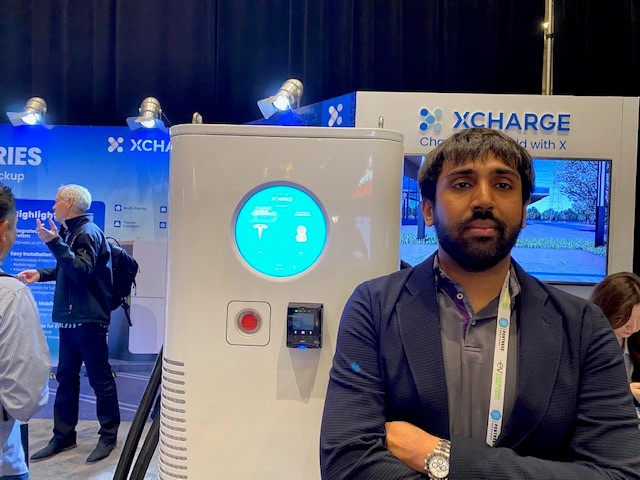
Remote diagnostics can uncover problems that the naked eye could never see. Adjustments can be made and pushed out quickly – without an interruption in service.
“Our backend is deeply integrated with the diagnostics of our hardware,” Patel said. “When something goes out of spec or line, the charger flags the code – before someone even has a chance to notice anything.”
Ronald Waingort of EVectriFi Technologies said those who are relatively new to the business have an uptime advantage. His company is installing chargers with newer components and advanced diagnostics.
He sees more challenges for established companies that already have a number of older chargers – without the diagnostics – in the field. “They can’t do that on the thousands of chargers that are already out there,” he said.
Key to those diagnostics are in-house coding, Waingort said. Businesses that outsource the coding might have to wait days or weeks for changes to be implemented.
“Those business have to reach out to third-party people, send someone out there, diagnose the problem, and make an update,” he said. “That can take weeks. By then, another charger has a problem, and it’s an ongoing cycle.”
Some EV charging businesses only provide diagnostics on their premium chargers, Waingort said. That will have to change for the industry to surpass the 97% mark.
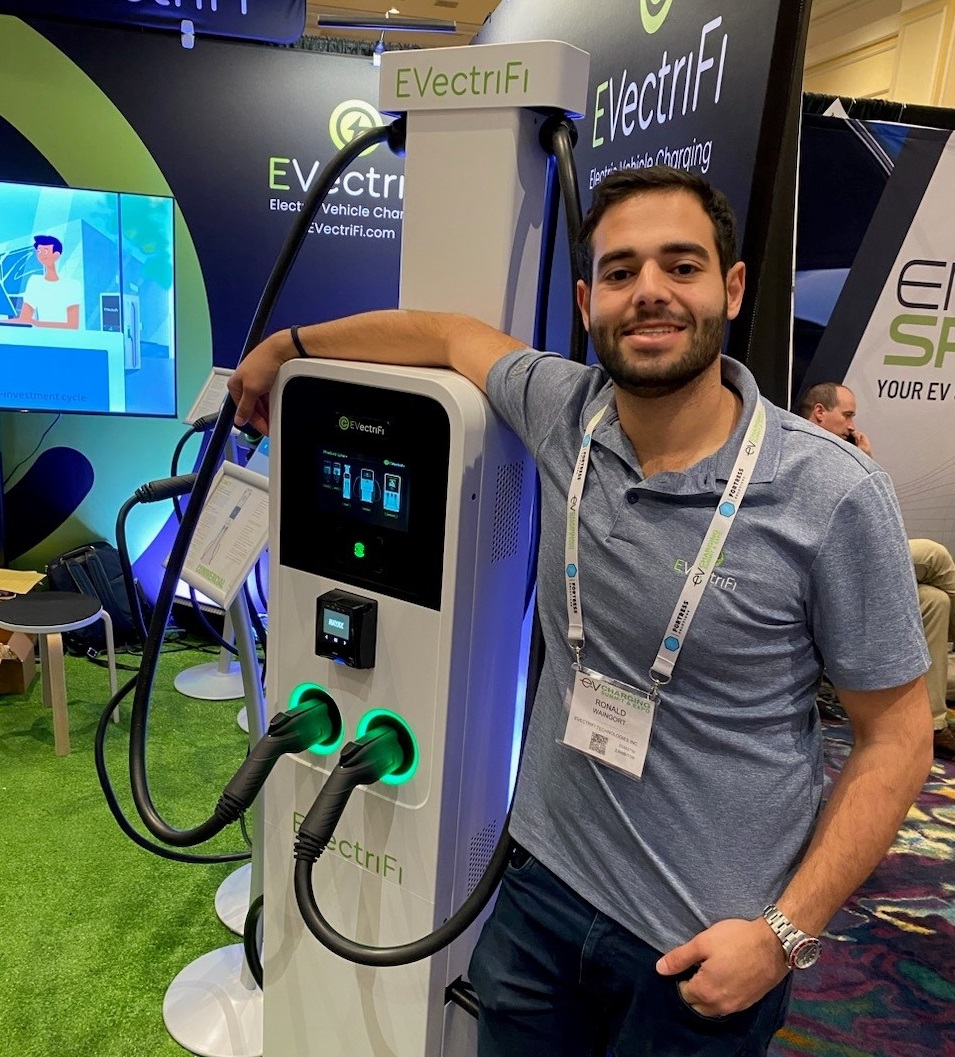
Dedicated technical staff
The industry needs technical staff to sort through issues and find resolutions. “We need people who are familiar with chargers instead of general technicians,” Patel said.
The technical staff needs to be certified and trained on equipment from specific charging companies as well, he said.
Other investments need to be made to support the technical staff. Guides and reference materials must be available for both technicians and operational staff to enable troubleshooting.
Charging providers also need to expand parts inventories. “We need stocked spare parts, in areas where they are accessible on a timely basis – in hours or days, not weeks or months,” Patel said.
Improved maintenance
Proper maintenance starts with a proper attitude, Patel said. “A charger is a fleet expense, not just a widget you install,” he said. “Vehicle fleets need routine maintenance, with tight adherence to schedules, in order to function optimally. It’s the same with chargers.”
Operators should be provided with support for maintenance. That includes paid maintenance programs, free guides and easy access to parts.
Third-party technician certification will also help ensure those maintaining the machines are properly trained in their care.
“We need to put more money into maintenance and training,” Johnson said.
Industry maturation
The market is sorting itself out, with “players that are bigger and more committed to the long haul,” Johnson said.
The “bigger, fewer” players that remain will put more money into technician training and maintenance. “That’s happening,” Johnson said.
He is also encouraged by the increased involvement of auto manufacturers. “They’ll hold others accountable,” he said.
Put charging in the spotlight
Some of the uptime issues will take care of themselves as charging becomes more commonplace, Johnson said. For example, many early chargers were located wherever space could be found – regardless of its desirability.
“A lot of chargers aren’t under well-lit canopies,” Johnson said. “There aren’t eyes if they’ve been vandalised – or to prevent vandalism.”
Set the standards
Government standards are also playing a role. Thus far, the US government has worked closely with the industry to set guidelines.
“What gives me hope, now that the government is getting involved, they’ll make everyone play well together,” Johnson said. “They’ve said, ‘We’re going to standardise everything to make this work.”
Going beyond 97% charger uptime
While the US government has mandated that EV charger uptime surpasses 97%, those who are responsible for fleet charging say that number is only part of the story.
Service has to be aligned with what the customer values, said Steven Meersman, one of the founders of Zenobe. Fleet operations need to go deeper than uptime, he said.
“Lost miles are the issue, for instance by a vehicle not being charged,” Meersman said.
“This is a much harsher SLA (service level agreement) than what many service providers use in the public charging space,” he said. In that space, “a charger that has 4g connection may be considered available – despite it not being able to charge the customer's vehicle.”
Consumers are increasingly expecting more, and it’s up to the businesses to find a way to deliver it, Meersman said. In the case of Zenobe, that means considering operation in the design of the infrastructure.
The company also examines how vehicle, driver, depot and infrastructure work together – and factors in “our real-world experience,” which includes delivery of more than 50 depots and thousands of buses and trucks.




